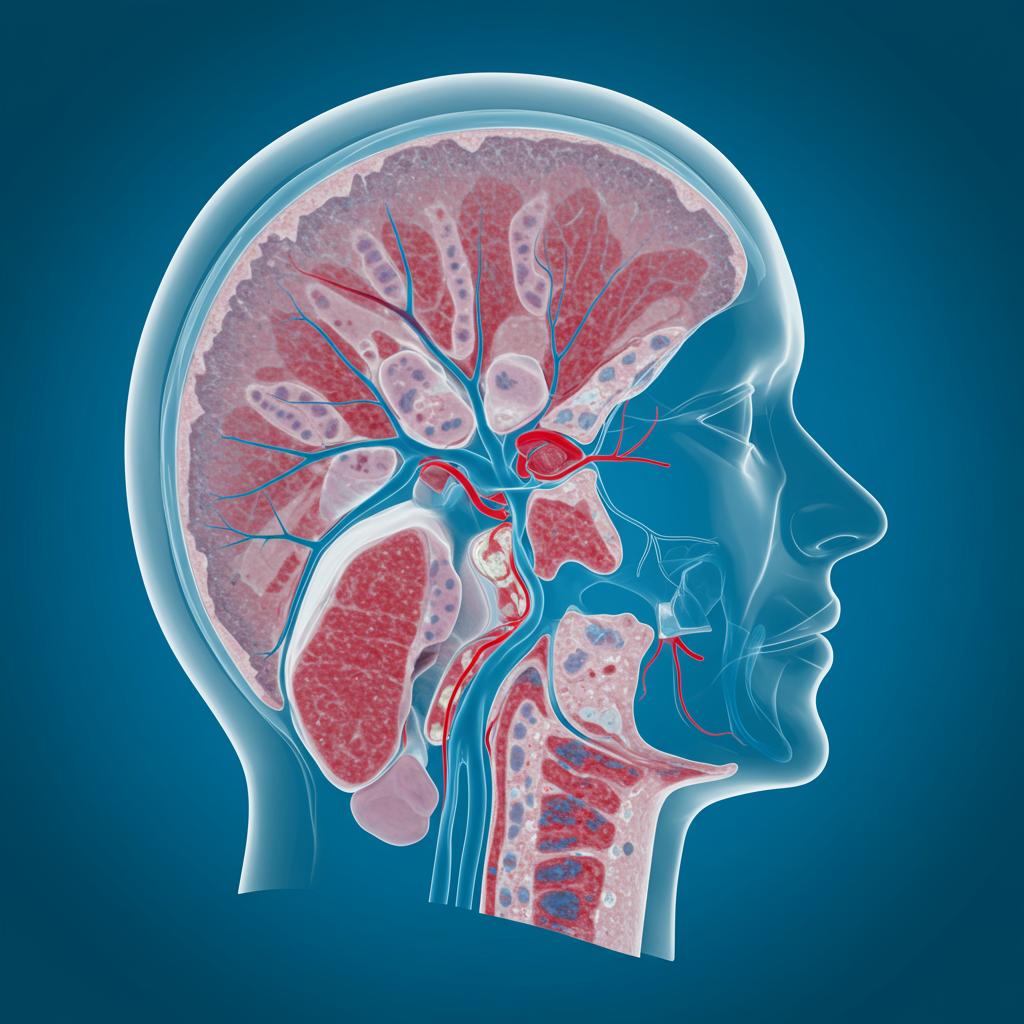
Ever wondered how doctors get such incredibly detailed images of your lungs and chest? One of the most powerful tools they use is called dual-energy CT, or DECT for short. While the standard CT scan has been a workhorse for years, DECT is quickly gaining popularity because it offers so much more. It’s like getting two scans for the price of one, and that translates to a more precise and comprehensive picture of what’s going on inside you.
So, what exactly is DECT, and why is it such a game-changer in thoracic imaging? Basically, a DECT scan uses two different X-ray energy levels, unlike a conventional CT scan, which only uses one. This seemingly small difference allows doctors to gather much more information. Think of it like looking at a painting under different kinds of light – each light source reveals unique aspects of the artwork. Similarly, each energy level in DECT highlights different characteristics of the tissues in your chest. This allows for more sophisticated image processing and the ability to generate different types of images, tailored to answer specific clinical questions.
Here’s a breakdown of why DECT is becoming so essential:
- More Detailed Information: DECT provides both anatomical (what things look like) and functional (how things are working) information in a single scan. This comprehensive approach can be crucial for accurate diagnosis and treatment planning.
- Multiple Reconstructions: Because DECT collects data at two energy levels, radiologists can create various image reconstructions from the same scan. This means they can look at your lungs and chest in several different ways, optimizing the image for specific conditions like blood clots, airway blockages, or even tumors.
- Reduced Need for Multiple Scans: Often, DECT can provide enough information in one scan that would have previously required multiple tests. This saves you time, reduces your exposure to radiation, and can lead to a quicker diagnosis.
DECT has proven especially useful in several areas of thoracic medicine:
- Pulmonary Vascular Disorders: DECT excels at visualizing blood vessels in the lungs. This makes it incredibly helpful in diagnosing conditions like pulmonary embolisms (blood clots in the lungs) and chronic thromboembolic pulmonary hypertension.
- Ventilatory Defects: By analyzing the movement of air through the lungs, DECT can help identify areas where airflow is restricted, such as in cases of emphysema or asthma.
- Thoracic Oncology: DECT can play a vital role in the detection, characterization, and staging of lung cancer. It can sometimes differentiate between different types of tissue, potentially helping doctors distinguish between cancerous and non-cancerous growths.
While DECT is proving to be a powerful tool, it’s important to understand that it’s not a magic bullet. Like any technology, it has its limitations. The availability of DECT scanners might be limited in some areas, and the technique can be more costly than conventional CT. Interpreting the images requires specialized training and expertise.
Despite these limitations, the future of DECT in thoracic imaging is bright. As technology continues to improve and doctors become more experienced with its use, we can expect DECT to play an increasingly important role in the diagnosis and management of a wide range of thoracic conditions, ultimately leading to better patient care.
